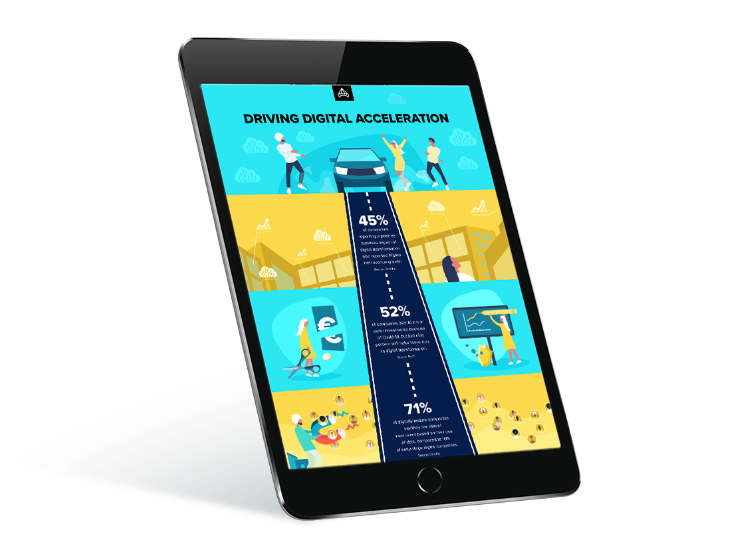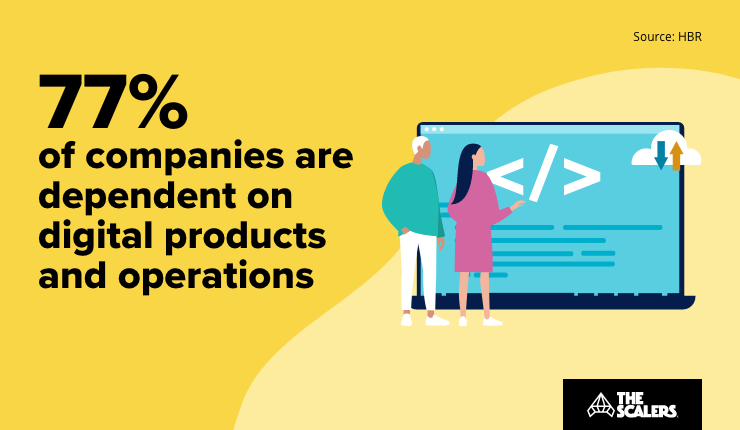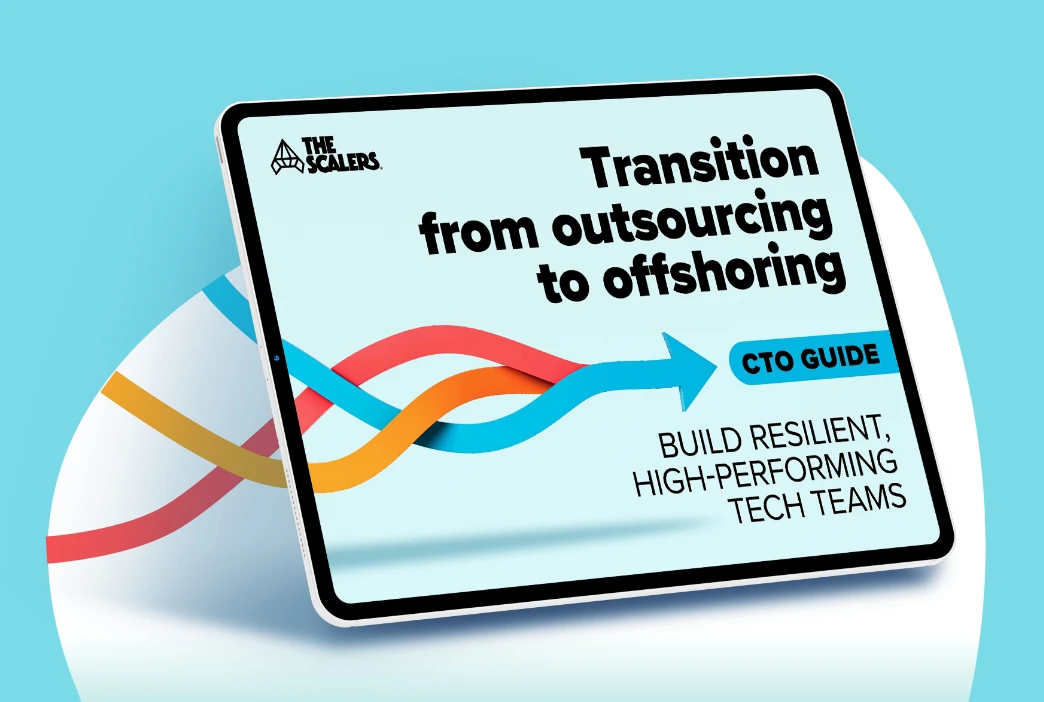This article was previously published for the Forbes Tech Council and was written by our CEO, Emilien Coquard
With roadmaps to recovery spoken about in excitable, hushed tones across the business community, talk of increased transformation drives is inevitable. When I speak to potential partners, one of the primary conversation points at the moment is new digital initiatives and how to help facilitate them. It seems everybody wants to accelerate their digitalization after Covid unearthed vulnerabilities in how things were done before.
A time for reflection
If we look back over the past year, the changes within some sectors and indeed individual businesses have been unexpected. As I spoke about in my previous article, we saw small eateries hop on board the Uberized food delivery train, fitness instructors rebrand themselves as YouTubers with online classes and cooking how-to’s streamed live from the kitchen. Necessity breeds innovation, it would seem.
If that’s indeed the case, and all signs do seem to say so, then the same goes for larger enterprises. As we’ve seen with neo-banking’s successful efforts to capture the market share of their more established high-street counterparts, standing still — particularly amid unusually large-scale disruption — isn’t an option.

Don’t get left behind in the shift to digital business
DOWNLOAD INFOGRAPHICWhat is digital first?
It’s a good and perfectly understandable question given the liberal usage of such buzzwords. Simply put, going digital-first means approaching any new opportunity or solution with the understanding that it should be as digital as possible. Becoming a “software-driven business” is sometimes used as a synonym, but this isn’t strictly accurate — although there’s certainly overlap.
If I had to boil the first steps down to three key things, I’d say: modernization, culture and talent. But what do I mean when I refer to these?
The first steps to becoming a digital-first business
Modernization of outdated legacy technology — that continues to hold business back — with cutting-edge architecture helps your organization to build, deploy and maintain digital services at speed in the cloud.
However, it isn’t only legacy technology stopping businesses from adopting a digital-first approach but outdated cultural attitudes too. The benefits to the wider business aren’t always as understood by the rest of the C-suite as they are within IT. To better influence strategic objectives, CTOs and CIOs need to demonstrate a clear connection between a digital-first approach and business velocity, innovation, and scalability.
Lastly, we get to talent. Even with your architecture in place and a progressive culture instilled throughout the organization, you still need the right skills — and it’s a seller’s market.

A matter of talent
Expanding on my previous point, it’s important to talk about talent and how to access the elite-level skills needed to level up your delivery capability. The issue is, there’s a skills shortage in Western Europe and North America.
Despite being in the midst of a pandemic that saw job losses, demand for developers in the U.K. rose by 15% in 2020. Can software houses plug the gap? I think it’s a good question. Outsourced development allows organizations to hire talented engineers quickly on a project-by-project basis, but it’s not always the best solution for a long-term transformation. The engineers hired in this capacity aren’t employees, and because of that, it’s a far harder proposition to get buy-in to your ethos, values and culture.

Can’t find the skills you need at home? Stop searching and start scaling
LEARN MOREA question of culture
Engineer buy-in is key to cultural alignment, and cultural alignment is a very important part of successful development teams on a long-term timeline. In this regard, hiring locally is a great option. But then we come back to skills scarcity in major western metropolises. One way of combining the buy-in of full-time employees with the speed-of-hire of software houses is a dedicated team in a talent-rich location. It can be worth weighing up the extra investment involved in hiring dedicated developers with the long-term added value they provide. I suppose, ultimately, it comes down to shifting mind-sets that prioritize cost-saving over talent access and global expertise.
Bringing it all together
To summarize, saying you want to move toward a digital-first business model is one thing, but getting there is something else entirely. Stripping out legacy technology, bringing outdated mind-sets up to speed and securing the right talent and aligning it to your company culture are equally important first steps of the journey. With software development being so important, but with engineering skills shortages in Western Europe and North America taken into account — it’s about finding the right solution to meet your specific transformation requirements. Offshore development teams in previously untapped, elite-engineer-dense locations can be an option to consider, alongside alternatives such as external software houses or, of course, hiring locally if you manage to compete successfully in a fierce seller’s market.
If you want to know how you can build your dedicated development team in India, feel free to reach out to us by filling out the contact form. One of our senior executives will get back to you shortly.
















